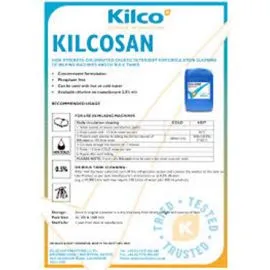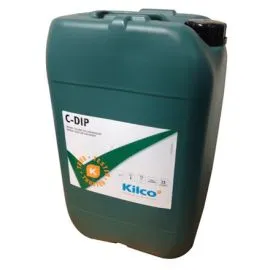
Bacteria need warmth, moisture and a food source to exist and thrive. An effective cleaning system removes the minerals and milk fat after milking, eliminating a possible food source for bacteria. There are six key elements to an effective cleaning system.
VOLUME

An optimum volume of water is needed to wash a dairy farm. Too much water not only increases cleaning costs but also increases the waste water from a farm. On the other hand, too little water prevents the detergent from reaching all milk contact surfaces, creating a build-up of mineral or milk fat in which bacteria can thrive. Each installation should be customised to ensure all milking units receive the proper amount of water.
VELOCITY/TURBULENCE

In CIP washing, we cannot manually scrub the inside of the pipes, milking units and hoses so we rely on the turbulence of the wash solution to do this. It is critical that the wash solution reaches all areas of the milking system and hit the surface with enough force to remove any soil deposits. Using special tools, the GEA Specialists can determine the right velocity of a column of water and adjust its speed with the air injector for flawless cleaning of the milk lines.
TEMPERATURE

Setting the adequate temperature for washing is a particular challenge – in particular for the alkaline cleaning cycle. This must be at least 70 °C at the start of the cleaning cycle and remain above 40 °C at the end so that the detergent is able to easily remove milk fat and protein from the system. Using more cleaning agent due to an absence of available hot water is not always a guarantee for better cleaning of the system. Furthermore, system components such as rubber parts, milk hoses and tubing are exposed to greater wear.
CHEMICAL CONCENTRATION

High levels of alkalinity, buffering capacity, hardness and iron can affect the chemical performance. It is critical to have a water test done by a GEA specialist so they can select the correct chemical for an individual farm. This takes the guess work out of chemical performance and ensures a clean plant, minimizing the chance of a bacteria build-up.
TIME

Sufficient contact time between the detergent and the milk-contact surfaces is crucial for ensuring the removal of deposits. Automatic controllers can ensure correct contact time. These need to be set-up correctly, monitored and recalibrated on a regular basis. Otherwise, the milking operators should receive suitable training and written instructions on proper cleaning after each milking session.
DRAINAGE

Once a wash solution has been cycled through a plant and dumped, there are points in the plant with inadequate drainage. These areas hold the wash solution. As it cools you will get a redepositing of the fat and protein which provides an ideal food source for bacteria. Therefore, milking lines should be positioned with a sufficient slope and fitted with drainage valves at the tube ends where the cleaning solution may accumulate between cleaning cycles.








